Skull_crusher99
FULL MEMBER
New Recruit
- Joined
- Mar 14, 2016
- Messages
- 9
- Reaction score
- 0
- Country
- Location
Nice read.
Follow along with the video below to see how to install our site as a web app on your home screen.
Note: This feature may not be available in some browsers.
New Recruit


Same here, depends really on the size of the house. These are the normal rooms, not kidding. My mother house in Ghizer is huge, huge rooms. One massive Drawing room, the pillar structure is also there. In some houses the central courtyard is also big and it also acts like a garden leading to the back door. It's an extraordinary work or architect once you think about it and how it serves in different enviorments.In India we have bigger atriums or courtyards due to our climate, i have seen them not just in south India but also in northern India, specially rajasthan. This is havelli in Rajasthan>>>
I think this was a brilliant idea shared by @Talwar e Pakistan , and @saiyan0321 . I will look to merge all threads under this one and keep updating it, thanks all...
-----------------------------------------------------------------------------------------------------------------------
Inside View Of A Pamiri House

The Pamiri house is a single large room, with compartments and elevated portions used for different purposes and occasions. The exquisitely and colorfully decorated house, with carpeted walls, are a delight for the eyes. Elements of faith have been embedded in the architecture, structure, of the house; the five pillars denote the Panjutan (five members of the prophet’s (PBUH) family. There are many similarities in the houses built in different parts of the Giglit-Baltistan and Chitral regions, and the ones in Badakhshan region of Tajikistan, shown in the photographs below. A very prominent feature of the Pamiri houses is the central roof-opening, used for ventilation and letting the light in.
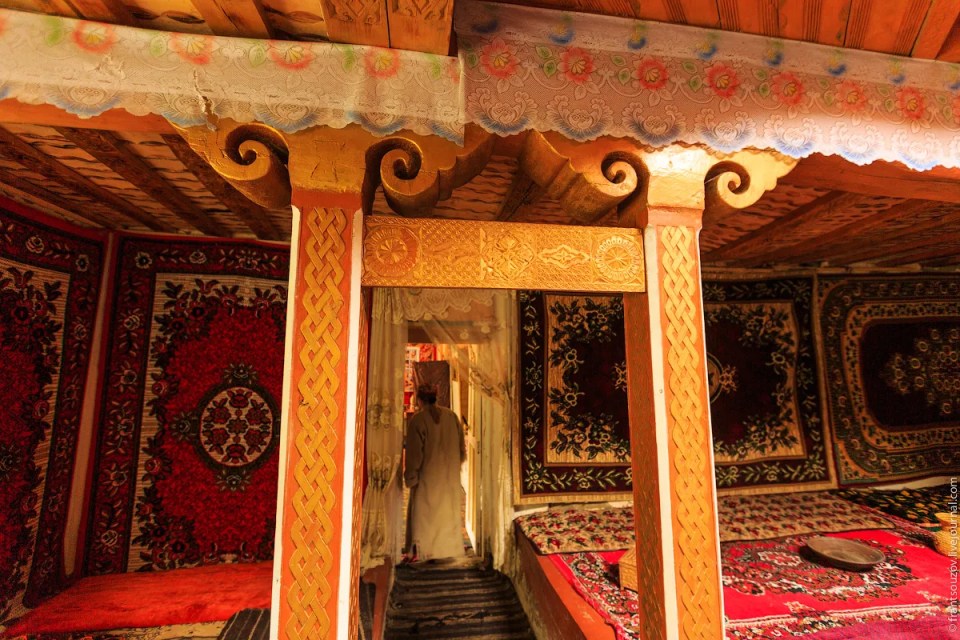
The entrance/exit
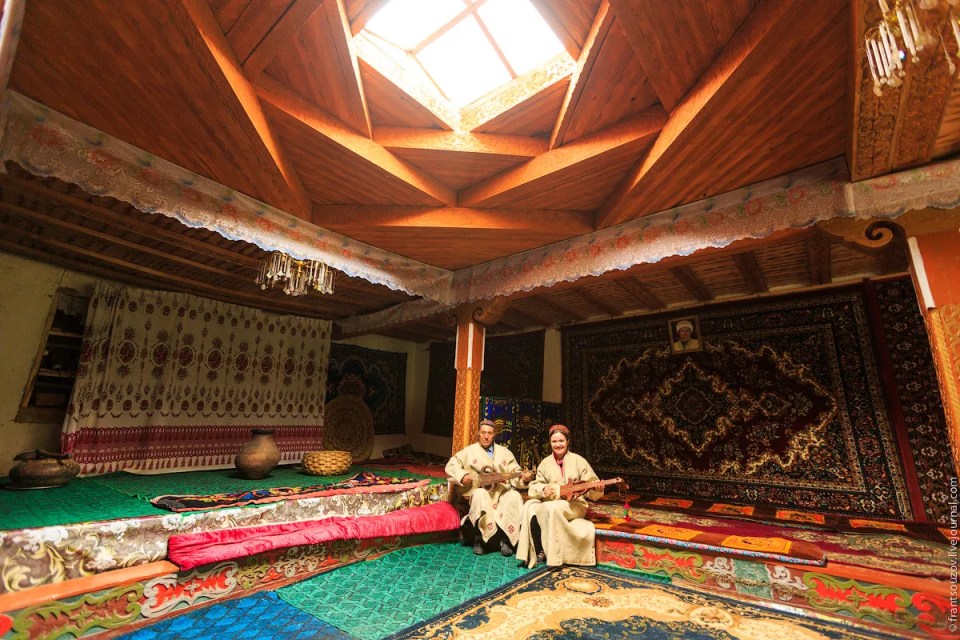
The sitting area

Different compartments inside the house
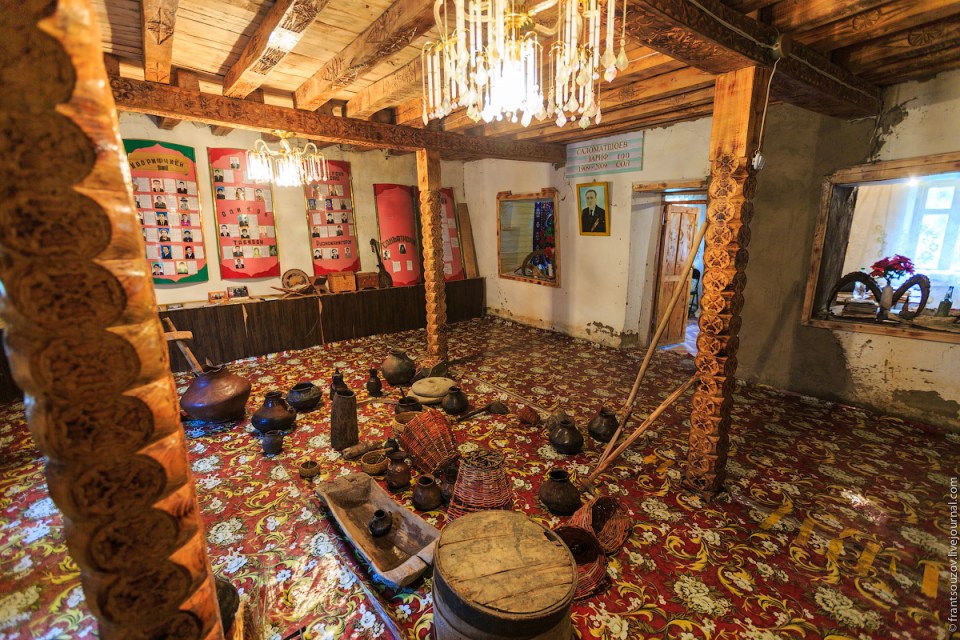
Different utensils and photographs depicting the region’s history at display

Handicrafts

A man dressed in the traditional winter Pamiri attire

Exterior view of the house that is also being used a museum
Inside views of a Pamiri House | PAMIR TIMES | Voices of the Mountain Communities
------------------------------------------------------------------------------------------------
This is what almost all houses in Gilgit look like, the roof is exactly the same. Go in Hunza, Ghizer, this is just so refreshing to see, so homely for me. The designing on the walls is usually the same and they have a hole in the roof, as they install a, 'chula', or you can say a heater. Good to see, thought i'd share.
@Mr.Meap ,@Slav Defence ,@HRK ,@unleashed ,@PARIKRAMA ,@Levina ,@krash ,@Color_Less_Sky ,@Ammara Chaudhry ,@Zibago ,@Daneshmand ,@Gufi ,@Shah01 ,@The Eagle ,@anant_s ......
Ladakh shares similarities with GB, plus same Buddisht history. I would still say different people.I just have one request though, i want one elevation(front/side view) picture of a house in GB.
Let me see if its similar to the ones found in Himachal and Ladakh region of India.
We used to have these bedsheets, should i share my mother's work hanging on our walls?Bhai show us some of your personal collections, after all you are a GBian (i hope i got that right).
When in school,we used to have an art and craft exhibition once in a year,where such stuff used to be exhibited.
Not too sure.@WAJsal is there anyway ordering some of these things online?





Definitely!It's an extraordinary work or architect once you think about it and how it serves in different enviorments.
You forgot that I was tagged by you in that thread and I guess I had replied too.Read this for more understanding...

Would luv to see them.We used to have these bedsheets, should i share my mother's work hanging on our walls?

That's fine.I tell my mother to start making it a business rather than a habit, she doesn't give it much thought...
Cool.I could swear it's ghizer, this is such a typical house. They are not big structures and such houses have big gardens on the back side and the interior as i have shared it well-known
Indeed the fort is beautiful. It looks like Ladakh.This structure is also quite beautiful and the interior is magnificent...

I do have some images, but i am doing crazy things(posing with an old rifle my uncle owns, lol). I would have posted it, if had a better image. lol.
i am making a crazy pose, if i had a better image would have posted it. And i am wearing an Almond necklace, not kidding.

I'll try to blur my face and all and see how it goes...You really want me to open another thread demanding to see those pictures?
Oh cmon!


FineI'll try to blur my face and all and see how it goes...





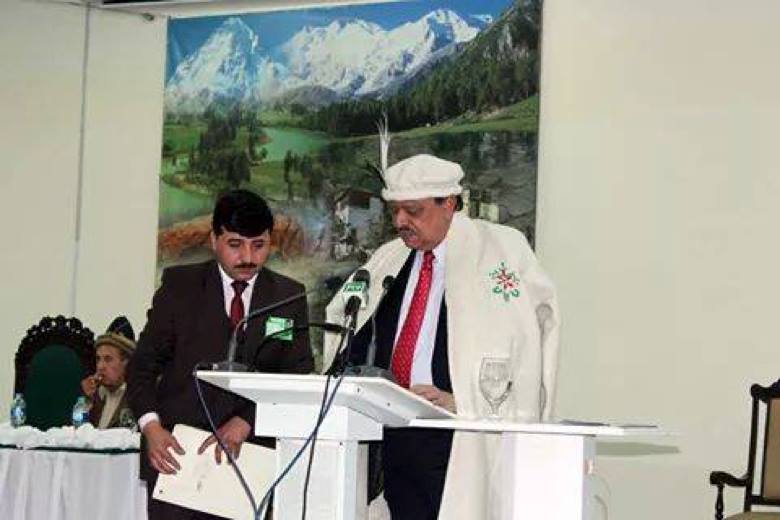
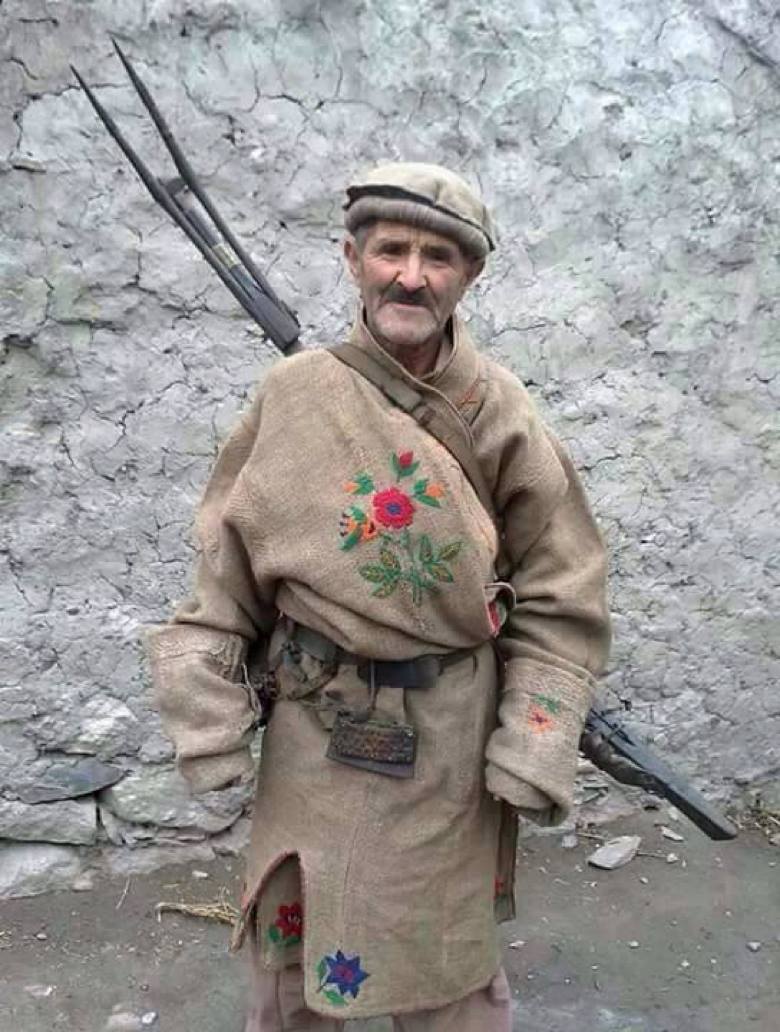
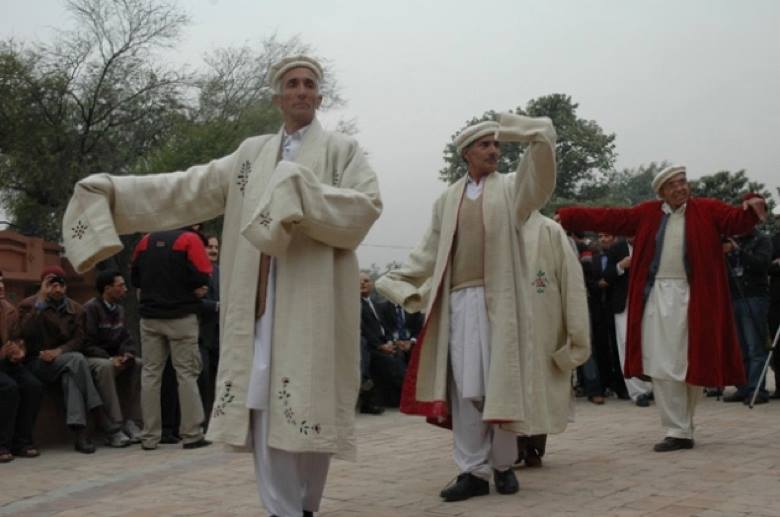




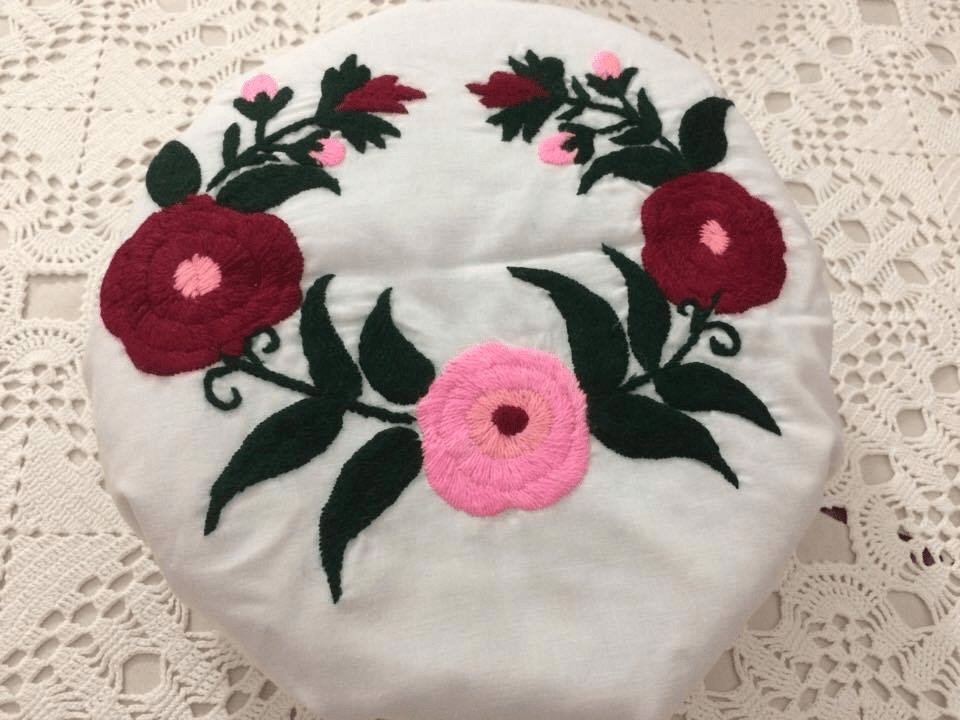



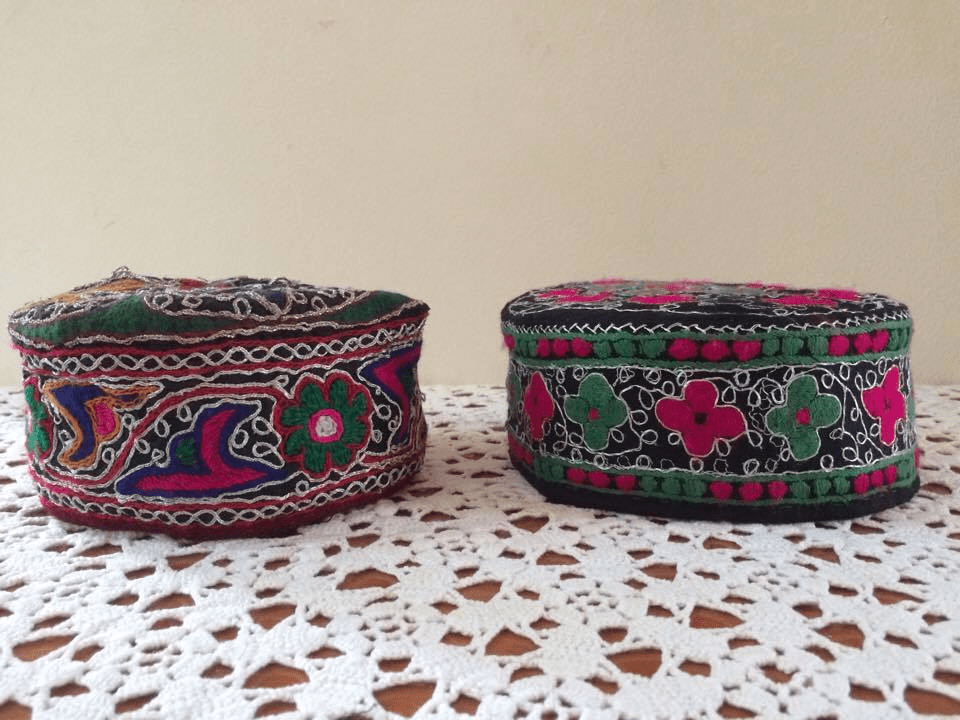



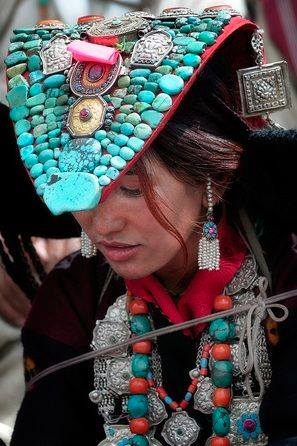













I know it's a bit long, but enjoy...
@shimshali ,@Gikmet Baltee ,@Syed.Ali.Haider ,@Joe Shearer ,@Levina ,@Irfan Baloch ,@waz ,@saiyan0321 ,@Kambojaric ,@Taygibay , and others....
